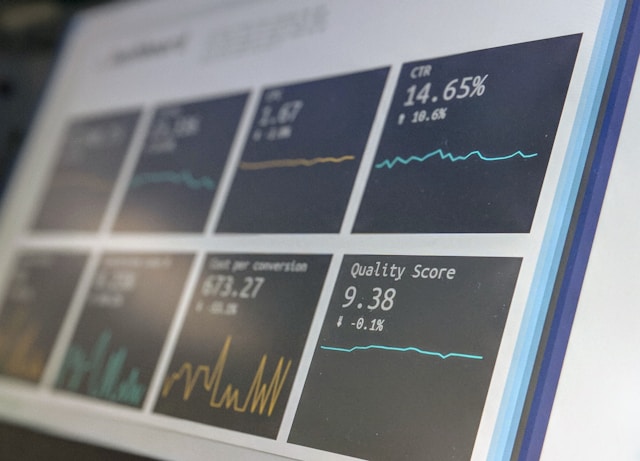In today’s digitally connected society, social media platforms have become necessary channels for businesses and individuals to engage with their audience. However, understanding what works and what doesn’t can be a daunting task. That’s where social media analytics come into play. By leveraging data, you can transform your social media strategy to boost engagement and drive meaningful connections.
Understanding Social Media Analytics
Social media analytics involves the process of collecting and analyzing data from social media platforms to inform decisions. This data can range from the number of likes, shares, and comments to more complex metrics such as engagement rates and audience demographics. The goal is to understand user behavior and preferences.
Why Engagement Matters
Engagement is a vital aspect of social media success because it reflects how involved your audience is with your content. High engagement often translates to increased brand loyalty, more robust community building, and higher chances of converting followers into customers. Remember, it’s better to have a smaller engaged audience than a large, indifferent one.
Measuring Success
It’s important to measure the success of your social media strategies continuously. Set specific, measurable goals and use analytics to track your progress. This could include increasing your engagement rate, growing your follower base, or improving your click-through rates. Regularly reviewing your analytics will help you stay on track and make necessary adjustments to your strategy. For businesses looking to enhance their online presence further, consulting with an SEO consultant can provide valuable insights and strategies. These experts can analyze your current online performance and offer recommendations to improve your search engine rankings, ultimately driving more traffic to your social media profiles.
Using Analytics to Improve Content
One of the most effective ways to boost engagement is by refining your content strategy based on analytics data. By understanding what types of content perform best, you can tailor your posts to match audience preferences. Keep an eye on which posts receive the most engagement and try to identify patterns. Do videos perform better than images? Does your audience prefer educational content over promotional material? Use these insights to guide your content creation efforts.
Key Metrics to Monitor
- Engagement Rate: The percentage of people who interacted with your content. It’s an important metric to gauge how well your content resonates with your audience.
- Reach: The number of unique individuals who have seen your content. High reach indicates good visibility.
- Impressions: The total number of times your content has been displayed, regardless of clicks or interactions.
- Clicks: The number of times users clicked on your content or links. It’s a direct indicator of interest.
- Sentiment Analysis: Analyzing the sentiment behind comments and mentions can give you insights into public perception.

Timing and Frequency
The timing and frequency of your posts can significantly impact engagement. Analytics can help you determine the best times to post by showing when your audience is most active. Additionally, finding a balanced posting frequency can keep your audience engaged without overwhelming them. If your posts are too frequent, they can become annoying; too sparse, and you may lose your audience’s interest.
Understanding Your Audience
Analytics also provide valuable insights into who your audience is. Demographic data such as age, gender, and location can help you tailor your content to better meet the needs of your audience. By understanding who is engaging with your content, you can create more targeted and effective campaigns.
Leveraging Influencer Partnerships
Collaborating with influencers can also amplify your social media efforts. By partnering with individuals who have a significant following and influence over your target audience, you can extend your reach and drive higher engagement. Analytics data can help you identify the right influencers whose audience matches your brand’s demographics and preferences. Tracking the performance of these partnerships through analytics will help you determine their effectiveness and guide future collaborations.
Experimenting with Different Content Formats
Variety is the spice of social media. Beyond the usual text posts and images, explore other content formats such as stories, live videos, polls, and even interactive content like quizzes. Analytics can provide insights into which formats your audience prefers and engages with the most. Experimenting with these different formats can keep your content fresh and your audience engaged. Use the data to refine your approach and discover new ways to connect with your followers.
Utilizing A/B Testing
A/B testing, or split testing, involves comparing two versions of a post to see which one performs better. By modifying elements like headlines, images, or call-to-actions, you can test and refine your content to maximize engagement. Social media analytics are vital in A/B testing as they provide the metrics needed to determine the success of each variant. This iterative process can lead to more effective content strategies and higher overall engagement rates.
Conclusion
In the ever-evolving environment of social media, staying ahead means leveraging data to drive your decisions. Social media analytics offer a treasure trove of insights that can help you understand your audience, optimize your content, and ultimately, boost engagement. By making data-driven choices, you can build a more effective and rewarding social media presence.














Leave a Reply